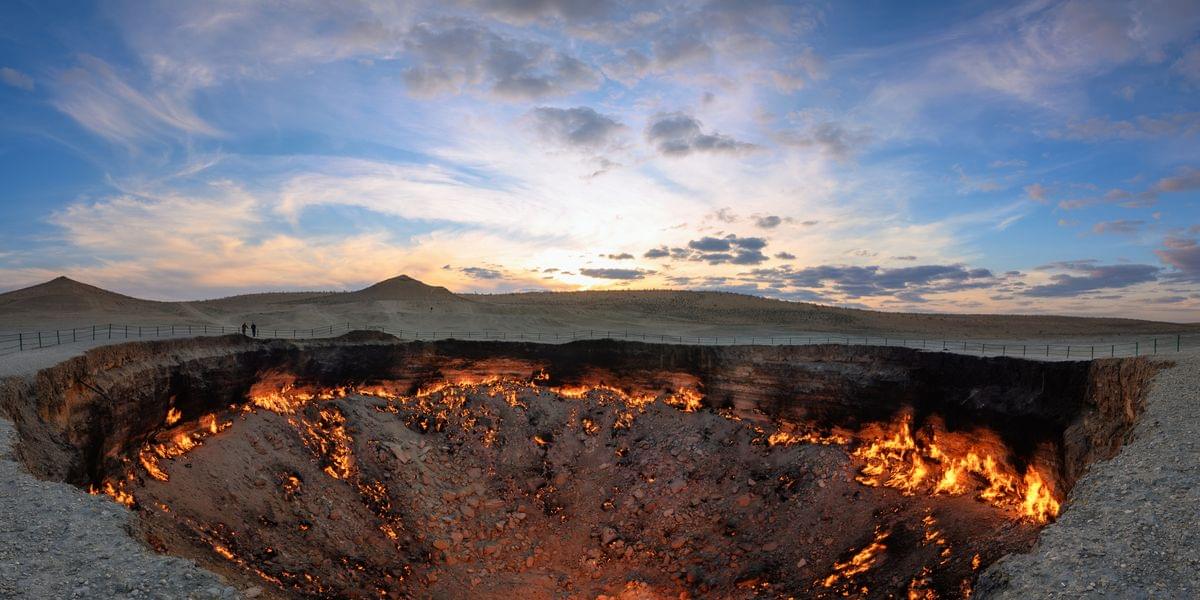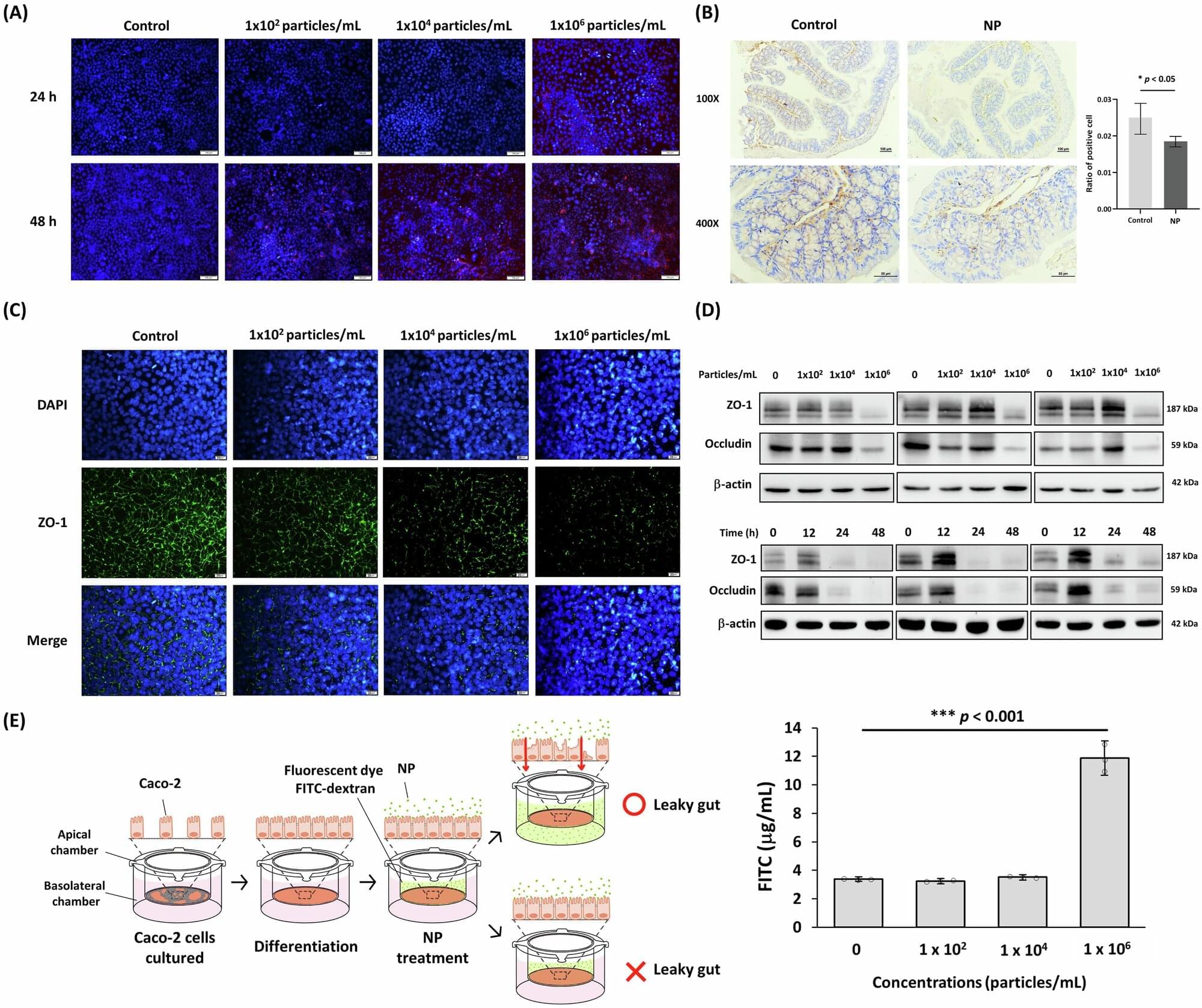On planet Earth, fire is usually a transient phenomenon—even the strongest of wildfires will eventually succumb to human and/or meteorological intervention. But the same can’t be said for the Darvaza gas crater in Turkmenistan, known colloquially as the “Gates of Hell.” This natural gas field has been burning continuously for decades thanks to its steady supply of seeping methane, and in that time, this devilish pit has become one of the country’s most popular tourist attractions despite its location in the middle of the Karakum desert, roughly 160 miles north of the capital city of Ashgabat.
Turkmenistan’s authoritarian leader, Gurbanguly Berdymukhamedov, has previously stated that he wants to snuff out the Gates of Hell once and for all (though the latest pronouncement came years after he reportedly went off-roading around the crater). Now, a new report suggests those efforts may be bearing fruit. Last Thursday, officials in Turkmenistan said that gas being emitted from the pit has diminished three-fold, though the Agence France-Presse (AFP) reports that no timeframe for this gaseous decrease was provided. This news is in line with previous reports last year that satellite observations of the Gates of Hell showed a 50 percent decline in emissions.









